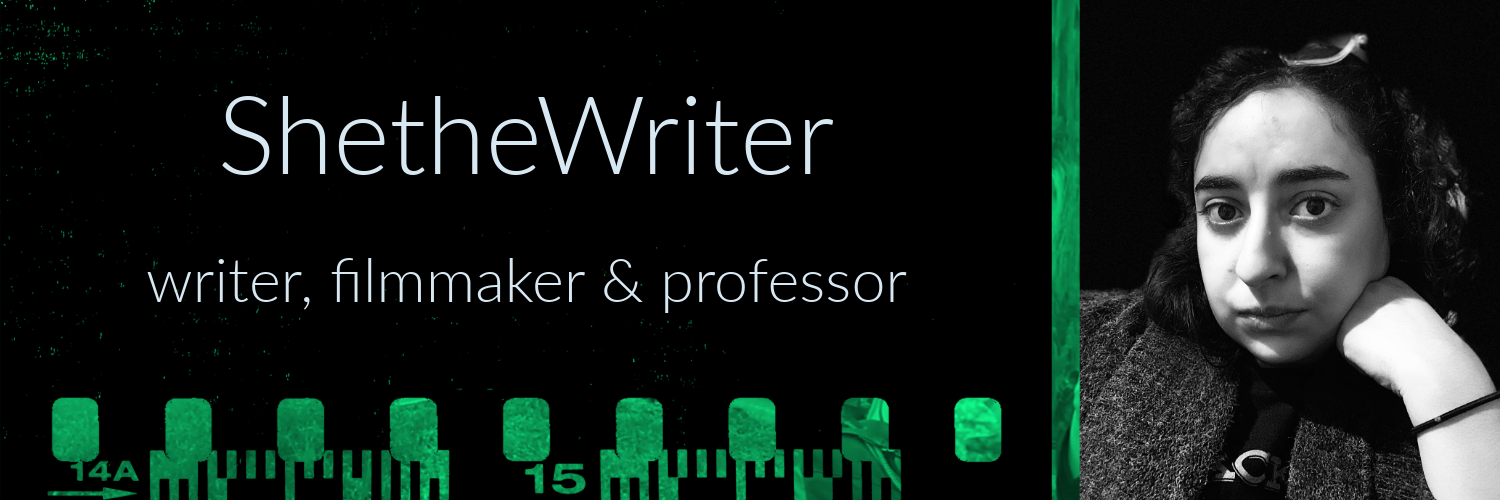Detached from his body like this, becoming narrator. Don't make me talk. And that's not me that's not me. Okay, but where's the cutoff point?
This is called: 2nd person monologue:
So, is it you, then, who is detatched from this scene you are trying to write? Or is it the character you are trying to write about? You write it, trash it, outline it, write it again, trash it, outline, write, trash, outline, let's fix it with something we can't even handle, and then we're in circles sweating over stress. Look at that! Look at it again! You put in a new character--, you broke the rules--, and now you've got to pull up all the narrative and weave it aaaalllll over again just to get him OUT of there!
and CUT
(fade to blue).
Everything is bloys. blue. i mean boys. everything is blue. Making lists of nouns, subjects, verbs, adjectives, and figures of speech. Just move them around until they match the image you made already. Made, already! Why is it ours? Don't expect my coherence here. Studying consolidated language and short fiction as a QUALITATIVE not QUANTITATIVE measure.
Onward, then! heavy fur on shouldered men, they are. Tiny weights swing. swing, swing, "upwards into futurity!"
Thank you, Blake, for the contribution. but I really have got a handle on this now. Boys happen. I write about them. It's quite simple and I've been at it a long time.
Ropes fray. cut, replace. it is so cold up here.
